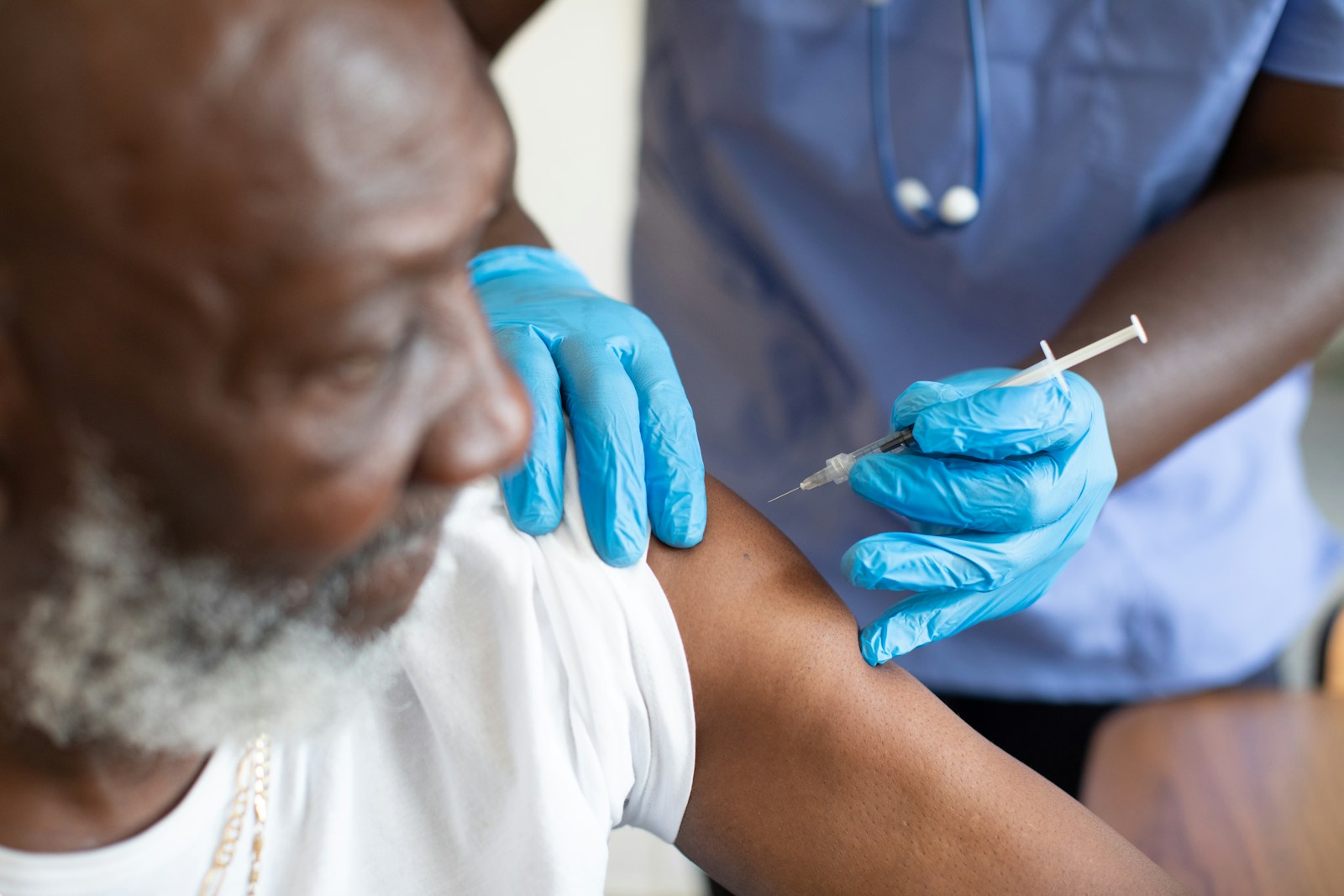HIV South Africa And Critical Challenges Threatening Progress
South Africa, home to the largest HIV-positive population in the world, is standing at a pivotal crossroads. Years of remarkable progress are now at risk due to funding reductions and systemic obstacles that threaten the continuity of HIV programs nationwide. The recent cuts in international aid, particularly from the United States, have left the healthcare system struggling to maintain critical services. Hospitals and clinics face shortages of medication, staff, and testing capabilities, putting millions at heightened risk. Despite governmental efforts and community-driven initiatives, these challenges create a perfect storm. Without immediate intervention, South Africa could face a reversal in the significant gains made in HIV prevention and treatment over the past decade.
1. HIV South Africa And Declining Testing and Diagnosis Rates
Access to timely HIV testing is crucial for early detection and effective treatment. However, the reduction in funding has resulted in fewer testing campaigns and clinic resources, leading to a noticeable decline in diagnosis rates among at-risk populations. Recent studies indicate a 21% drop in routine viral load tests for key demographics. This decline hinders early intervention and delays treatment, which is vital for controlling the virus and reducing new infections. Communities in rural areas are particularly affected, as mobile testing units are often underfunded or unavailable. This inequity in healthcare access exacerbates the challenge of achieving nationwide HIV control.
2. HIV South Africa And Funding and Resource Shortages
Funding from international donors has historically formed a backbone for HIV programs in South Africa. With recent cutbacks, many clinics are struggling to maintain sufficient medication stocks and operational capacity. The lack of funding also affects education programs and preventive measures such as condom distribution and awareness campaigns. Without these services, new infections could rise, eroding years of public health gains. Government budgets alone are insufficient to fill the gap left by international support. Innovative solutions and immediate international engagement are critical to prevent service disruptions.
3. HIV South Africa And Healthcare Workforce Attrition
Financial constraints have forced the downsizing of essential healthcare staff, including nurses, lab technicians, and community outreach workers. Over 8,000 healthcare professionals have been affected, reducing capacity across the nation. The strain on remaining staff increases the risk of burnout and errors, negatively impacting patient care and slowing the delivery of life-saving HIV treatment and counseling services. Maintaining a well-trained, motivated workforce is essential. Without addressing workforce attrition, efforts to control HIV could suffer a significant setback, especially in high-prevalence regions.
4. Disruption of Clinical Trials And HIV South Africa
Promising clinical trials for new HIV vaccines and therapies have been severely impacted due to funding cuts. Research centers face delays in recruitment, laboratory testing, and follow-ups, slowing progress toward innovative solutions. Without sustained investment, potential breakthroughs in HIV treatment could be delayed for years. Patients depending on these trials for advanced therapies are left with limited options. Collaboration with international partners is crucial to keep research on track and ensure South Africa remains at the forefront of HIV scientific advancements.
5. Vulnerable Populations at Greater Risk
Women, children, and marginalized communities are disproportionately affected by the setbacks in HIV programs. Limited access to testing, treatment, and educational initiatives increases their vulnerability to infection. For pregnant women, disruptions in prevention-of-mother-to-child transmission programs threaten the safety of newborns. Children born in under-resourced areas face higher risks of untreated HIV, perpetuating a cycle of infection. Targeted interventions are essential to protect these groups, including community outreach, awareness campaigns, and expanded access to preventive care and antiretroviral therapy.
6. HIV South Africa: Challenges in Maintaining Treatment Adherence
Consistent adherence to antiretroviral therapy (ART) is critical for managing HIV effectively. Funding shortages and limited healthcare access disrupt patient follow-up, increasing the risk of treatment interruptions. Missed doses can lead to drug resistance, reducing treatment effectiveness and complicating future care options. Community support programs, reminders, and mobile health initiatives are key to improving adherence rates. Strengthening healthcare infrastructure to ensure uninterrupted ART delivery is paramount for long-term HIV control across South Africa.
6. Challenges in Maintaining Treatment Adherence
Consistent adherence to antiretroviral therapy (ART) is critical for managing HIV effectively. Funding shortages and limited healthcare access disrupt patient follow-up, increasing the risk of treatment interruptions. Missed doses can lead to drug resistance, reducing treatment effectiveness and complicating future care options. Community support programs, reminders, and mobile health initiatives are key to improving adherence rates. Strengthening healthcare infrastructure to ensure uninterrupted ART delivery is paramount for long-term HIV control across South Africa.
7. Stigma and Discrimination Remain Barriers
Despite widespread awareness campaigns, HIV-related stigma continues to prevent many from seeking testing or treatment. Fear of discrimination at work, in communities, or within families discourages open dialogue and healthcare engagement. This social barrier undermines the effectiveness of public health initiatives and leaves vulnerable populations without crucial support. Overcoming stigma requires coordinated efforts involving education, advocacy, and community-led interventions. Promoting acceptance and understanding is as important as providing medical treatment to achieve sustained progress in HIV prevention.
8. Rising Infection Rates in Key Communities
Certain regions and demographics are witnessing rising HIV infection rates, particularly among adolescents and young adults. Limited sexual health education, early sexual debut, and socioeconomic challenges contribute to higher vulnerability. Targeted strategies, such as school-based education programs and youth-friendly healthcare services, are essential to address these trends and curb new infections. Monitoring infection patterns helps policymakers allocate resources effectively and develop interventions tailored to high-risk groups.
9. Need for Strengthened International Partnerships
International collaboration has historically been instrumental in South Africa’s HIV response. Renewed commitment from global partners is necessary to fill funding gaps, support research, and ensure the continuity of life-saving programs. For more insights on international HIV support strategies, visit UNAIDS official resources. Maintaining robust partnerships is vital for sustaining progress and preventing setbacks that could reverse years of achievements.
10. Strengthening Policy and Infrastructure
Robust policies and well-structured healthcare infrastructure are crucial to tackling HIV effectively. Integrating HIV programs into broader health systems ensures sustainability and scalability of services. Investing in digital health tools, data collection, and community health worker networks improves program efficiency and outreach. For further strategies on HIV policy and healthcare integration, see our related article: Effective HIV Prevention Strategies in South Africa.
Conclusion
HIV South Africa is at a make-or-break moment. The challenges outlined from funding shortages and declining testing to stigma and rising infection rates highlight the urgency for coordinated action. Immediate interventions from government, communities, and international partners are essential to protect vulnerable populations, sustain treatment programs, and continue the progress made over the past decades. Only through a united, strategic approach can South Africa overcome these obstacles and ensure a future where HIV is effectively controlled.




